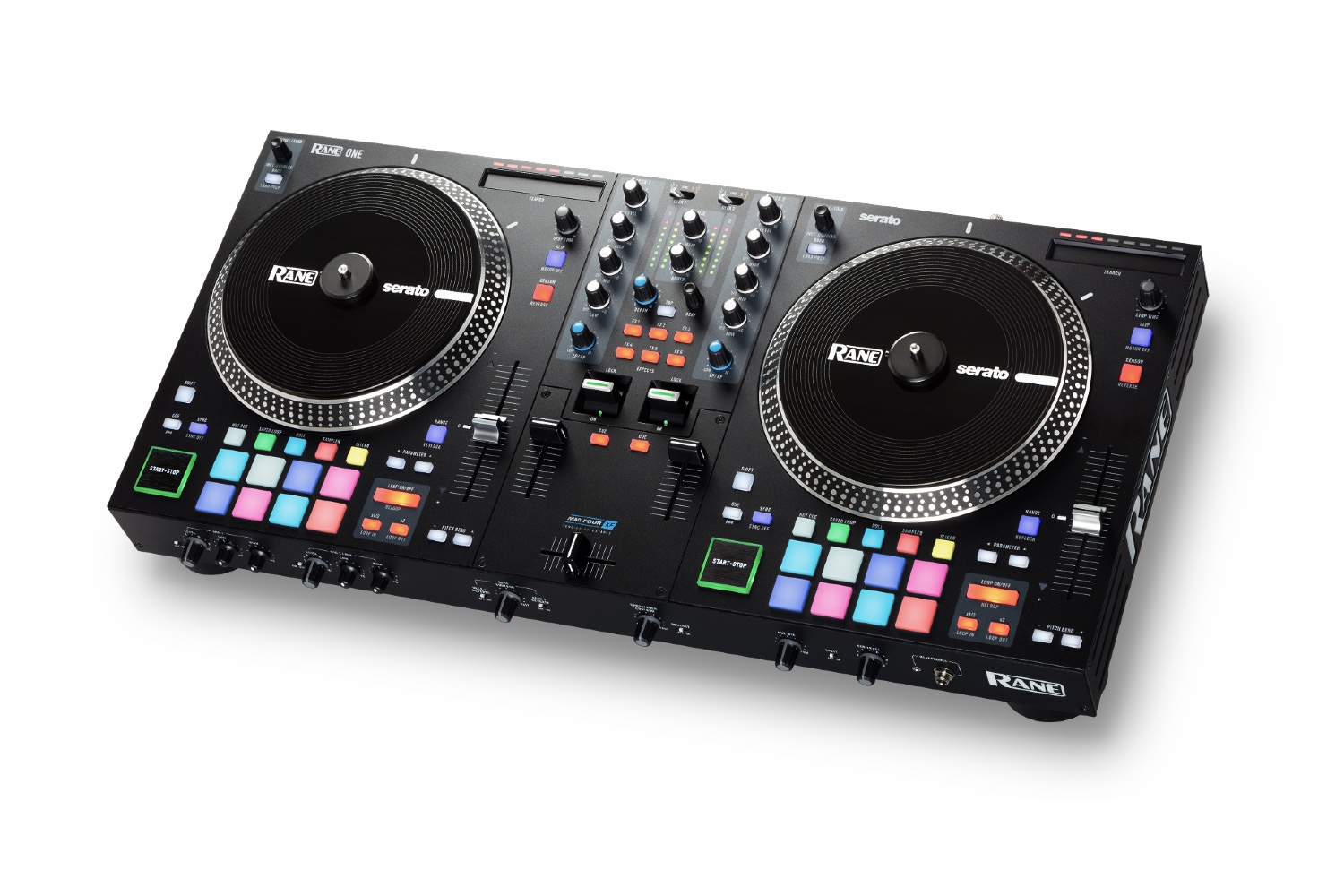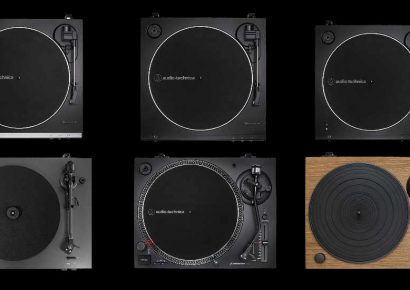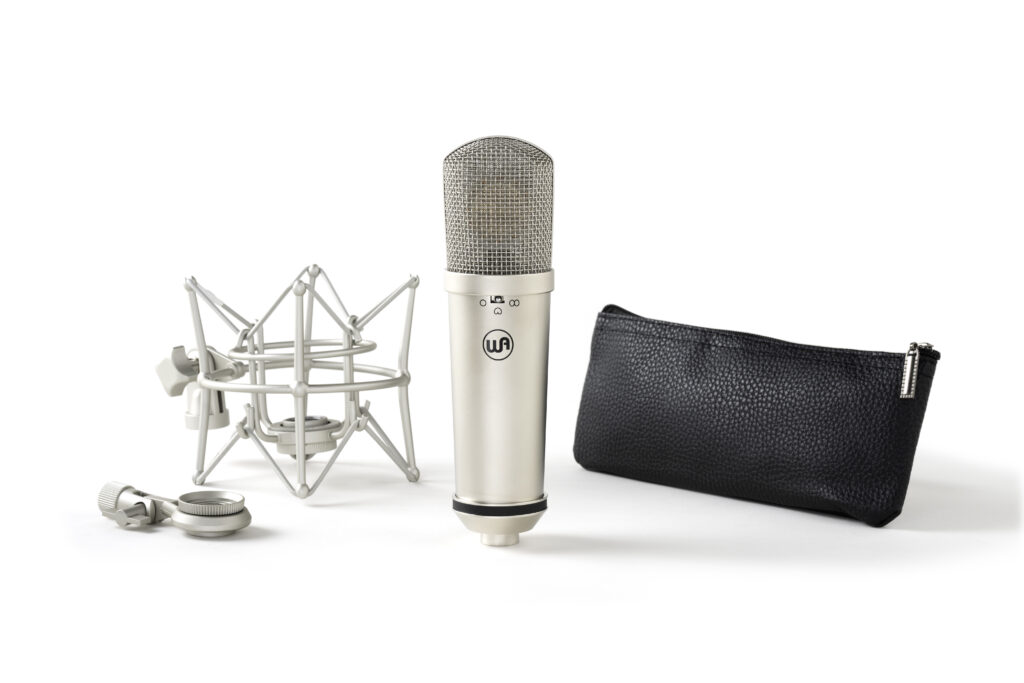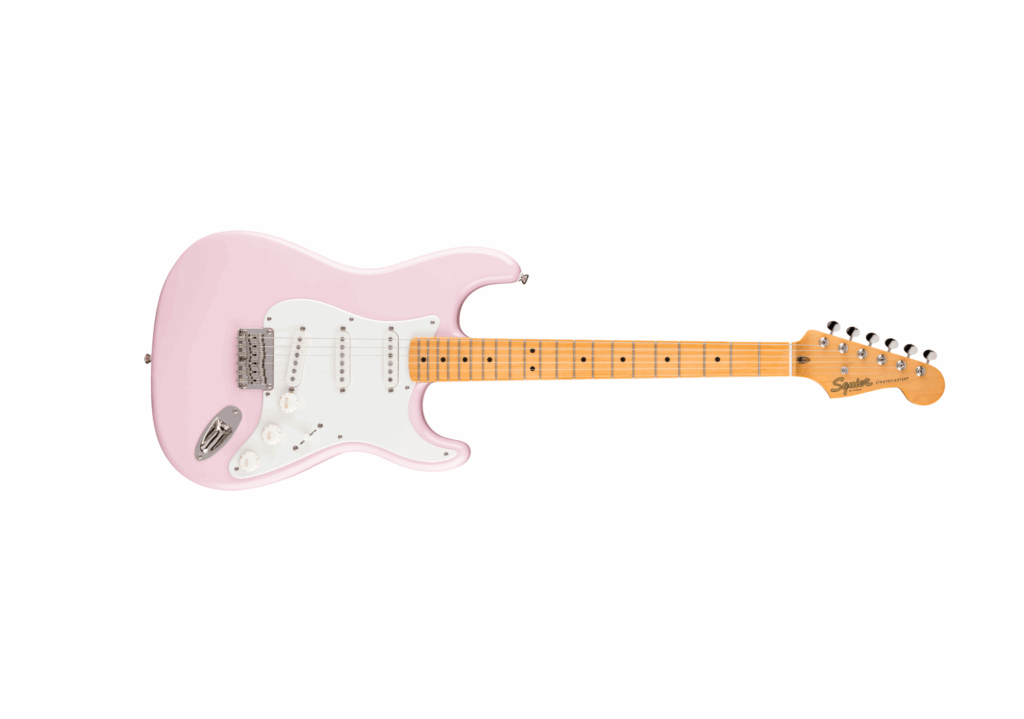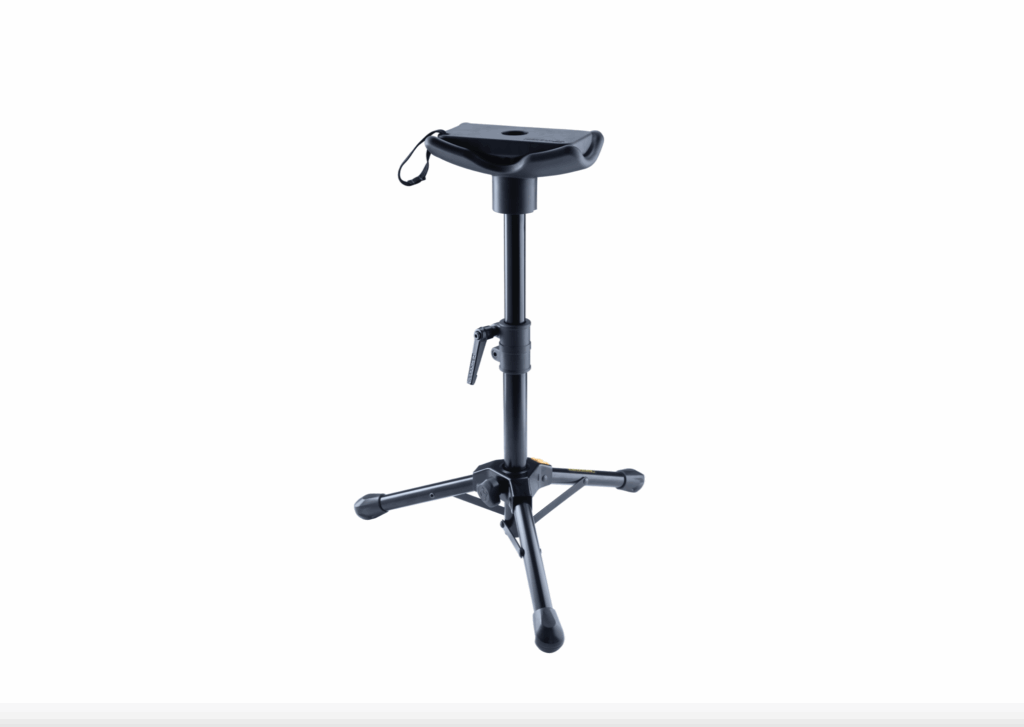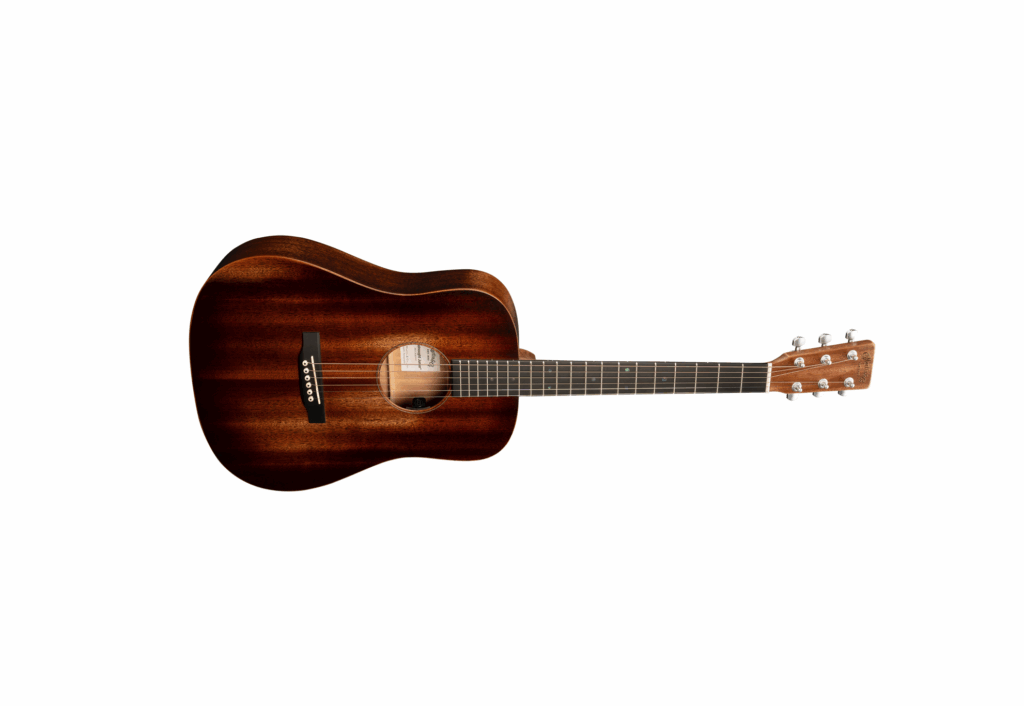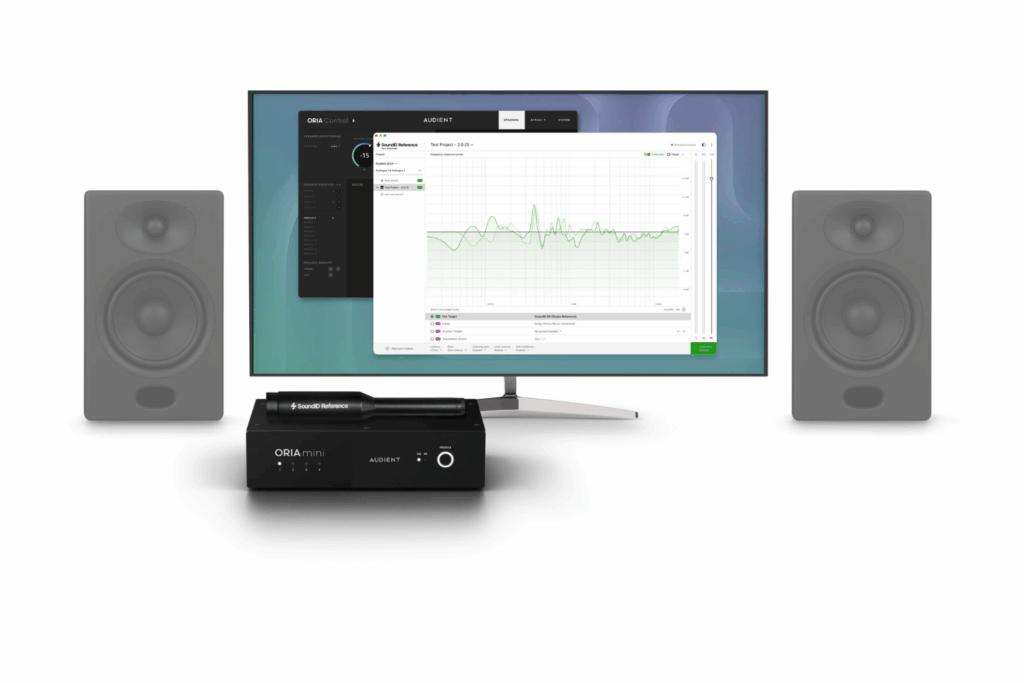Distributed by: Electric Factory | elfa.com.au | Expect To Pay: $2499
It almost feels like there is a new portable controller being launched every other week, boasting the same basic set of features in a new shell. The motorised Rane One, on the other hand, is something genuinely new and exciting, bringing the kind of tactile functionality that Vinyl enthusiasts have been begging for since the controller movement began by way of two inbuilt 7″ motorised turntables which feel as good as they look.
Rane has long been the turntablist’s choice for equipment from the 62 and 72 mixers to the relatively new 12. With the release of the One, Rane is about to dominate the professional mobile DJ market, especially for cats that like to scratch. The build quality on this new installment from Rane is tight, with the full chassis made from steel, die cast aluminium platters and really solid buttons. I’m especially impressed by the start stop button which kicks in instantly and makes me genuinely forget I’m playing on a controller and not actually spinning records.
Using Serato DJ Pro which is free whilst the One is plugged in, there is close to zero input lag, which is really surprising for something hooked up through a computer. Scratching with this feels very similar to my own turntables albeit feeling a little lighter. I love being able to back cue a track, tap the platter to slow a track down and run my finger along the record to speed it up. The Start/Stop button kicks the decks into gear with ease and there is adjustable torque to dial in the feel you like. The pitch fader is solid and very comfortable to use.
For the crossfader, Rane went with the Mag Four XF which is an incredibly smooth experience. It has a magnet in the bottom of the crossfader, and because there is no actual contact with the rail, there will be zero change in feel over time. It is also possible to adjust the tension but this requires taking off the entire front faceplate and is a bit of a pain to get to.
Loading tracks is done by clickable scroll wheels, one for each deck, no more loading a track on a channel already playing. Each deck also features hot cues, loops, rolls and a sampler all playable via the eight touch pads under each platter. Slip mode lets you scratch on the track currently playing and once released will continue playing the track from where it would’ve been if you didn’t start scratching. This allows you to scratch without having tight crossfader work.
The One has six assignable effects through Serato which can be turned on and off via the flick switch above each channel’s upfaders. I find these effects switches far better than just a button as it allows you to hold the switch down for quick and tidy effect splashes or push it upwards to lock the effect on. In addition to this, three different effects can be turned on concurrently allowing for interesting end products. Usually when playing records you have the ability to move the needle to the spot of the record you’d like to play or preview the track in your headphones prior. Rane solved this issue by adding a slider that allows you to search through the track which might take some getting used to for DJs coming over from the vinyl realm.
For people coming over from the world of CDJs, Rane have got you covered also. There’s a cue button to restart the track which stops the platter at the same time, which is a neat addition and you can also manually turn the platter motor off and push/pull the platter to jog the track in realtime.
Connectivity wise, the One is up there with the best of them. All the standard DJ fare is here: three-band EQ for each channel, upfaders and a crossfader with assignable curves, headphone outputs, master and booth out and two USB ports for hooking up your computer and a mates.
But wait, maybe you really like the scratching in Serato but want to mix from your other DJ equipment too? With the two channel inputs on the back you can plug in either CDJs or turntables with the switchable phono preamp. Maybe you’d also like to have a mic or two for speeches or to ad lib over the top of your mix. Rane thought of that too, there’s two mic inputs with gain and two-band EQ included with the second mic line able to play an aux input as well.
All this doesn’t come for free though and in the case of the Rane One, it’s in the weight. The solid base and platters make the unit come in at a robust 10kg – still not as much as a pair of 1200’s and mixer (not to mention records), but considerably heavier than your average DJ controller, which is to be expected. Also worth noting is that the One needs an external power supply to run the internal platter motors which I see as a good thing as opposed to running off USB bus power which in my opinion isn’t ideal for a unit of this type.
Overall the Rane One is the top of its class in terms of vinyl mixing emulation in the controller realm and is streaks ahead of the competition for this kind of mix experience. Despite its comparatively expensive price point, the One is at the top of the heap for mobile Serato DJing or for anyone serious on feel and a pure mixing experience, with the flexibility of controller based workflows.
Get in touch with Electric Factory for more information on local availability.
